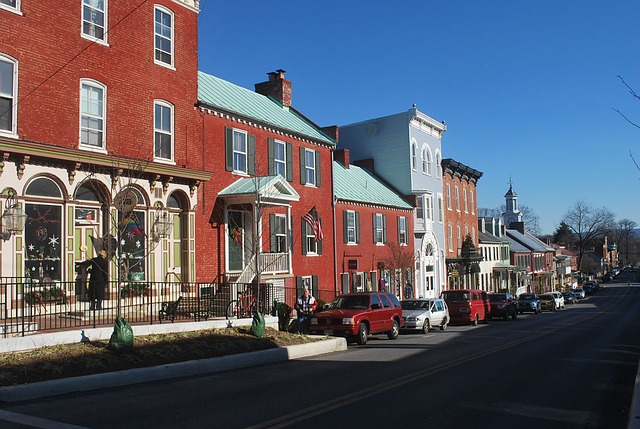
The Unique Barriers to Mental Healthcare Access in Rural Areas
For many of us, rural living is just about the best life has to offer. Beautiful landscapes. The peace and quiet of the secluded life. 76% of America’s incorporated towns house fewer than 5,000 people, offering citizens the cozy comfort of a tight-knit community.
There’s a lot to love in country life. And that’s probably why Americans are fleeing the big cities for small-town America, a trend that has only accelerated in the wake of the COVID-19 pandemic.
For all that rural America has to offer, though, there are some significant drawbacks. And one of those is the pervasive lack of access to consistent, high-quality healthcare in many rural areas. This article explores the unique barriers to mental healthcare in America’s countryside and country towns and proposes strategies for overcoming them.
Coverage Deserts
Research shows that, while the prevalence of mental illness is no higher in rural areas than in urban ones, the likelihood of suffering severe outcomes is far greater for those who live outside the city or the suburbs. For example, suicide rates between 2013-215 were 55% higher for persons with mental illness who live in rural areas than for their urban counterparts.
A significant contributing factor to this disparity is simply the lack of access to quality care. Studies show, for example, that rural residents face long waitlists and potentially an hours’ long drive simply to access care, with some patients driving as much as 150 miles for an outpatient appointment.
But it’s not only a dearth of healthcare providers that’s an issue. There is also a lack of in-patient facilities for those requiring more intensive care, including a paucity of addiction recovery centers for those suffering from substance use disorders (SUD), a common comorbidity of mental illness.
For low-income persons, such distances may easily prove an insurmountable obstacle. They may have no automobile to make the drive or insufficient resources to afford the gas, time off work, or money for a hotel for the night.
Increasing access to affordable mental healthcare requires a strategic and systemic approach. For example, where care providers may be geographically beyond reach, the use of telehealth services can literally save lives. Although the digital divide is real, and you can’t assume that rural residents will always have access to reliable broadband, it may still be more feasible, at least in the short run, to help rural residents access telehealth services.
These patients, for example, may be able to use their primary care providers’ office as a hub for connecting with trained psychiatrists and substance abuse counselors based in a distant town.
The Fear of Stigma
Even though we may credit ourselves with being truly “woke,” recognizing, rooting out, and resisting oppression wherever it may lurk, the simple truth is that the stigmatization of those with mental health challenges continues. And when you live in a small town, there’s really no such thing as anonymity.
The fear that the community will find out you’re seeking mental health services, and the fear of being wrongly, unfairly judged, because of it leads many to forgo the care they so desperately need. Worse, news, rumors, gossip, misinformation, and disinformation are no longer spread by word of mouth alone.
Instead, when you’re seen at the local psychiatrist’s office or drug treatment facility, you can find the news, coupled with a whole bevy of false and misleading information about mental health, traveling around the globe with the click of a keyboard. Your grade school classmate stationed at a military post on the other side of the world can learn the news of your visit, often embedded with persuasive, seemingly credibly, but wholly false mental health information, before you even return home from your first appointment.
That is why a peer-based support system is so essential for rural individuals facing mental health challenges. When mental health becomes a community concern, when education, support, and access become a public right and responsibility, then it’s simply no longer possible to stigmatize the individual. The holistic approach to mental health, one that ensures consistent contact with caregivers and health resources, will not only promote access and affordability, but also awareness, understanding, acceptance, and, at last, utilization.
The Takeaway
America’s vast and diverse landscape is among the most beautiful on Earth. And rural life in America can, in many ways, be idyllic. But when you are faced with a mental health challenge, you may well face obstacles that urbanites and suburbanites simply do not. From the lack of access to affordable, high-quality care to the fear of stigmatization, the barriers to care may feel insurmountable.
However, with strategy, it is possible to receive the treatment you need and to find the health and happiness you deserve. Telehealth services, for example, can enable you to connect with mental health experts wherever they may be. At the same time, community-based mental health programs can help end the stigma by demonstrating that mental health is not a personal issue but a public responsibility.




